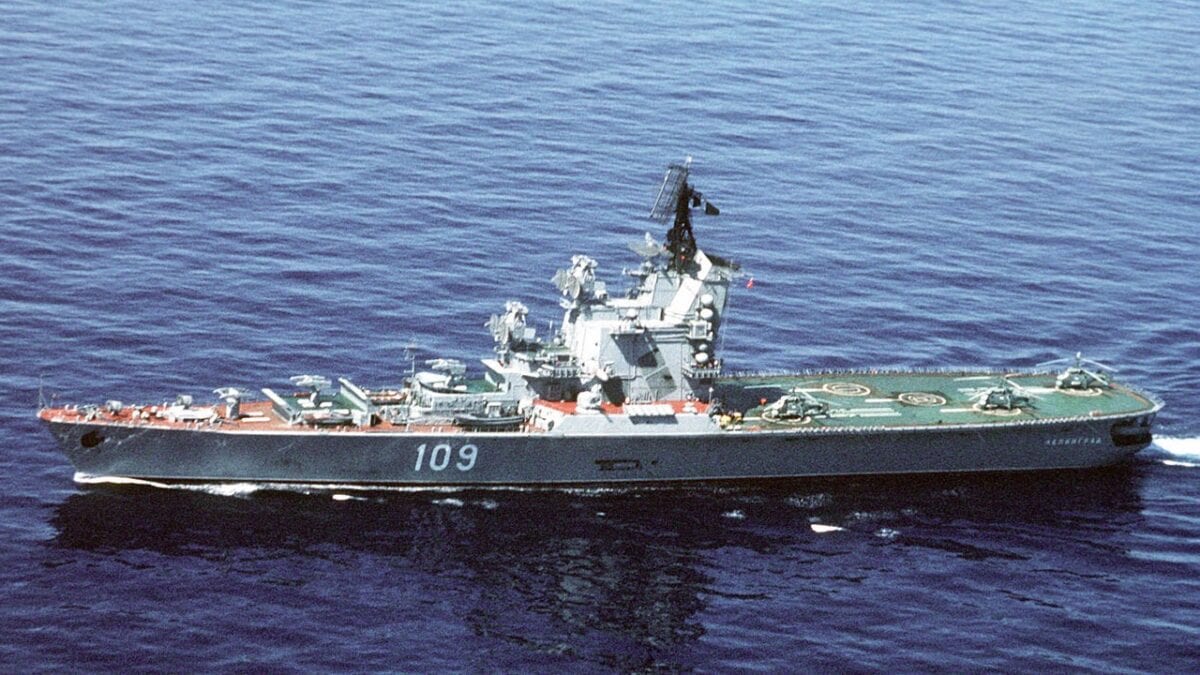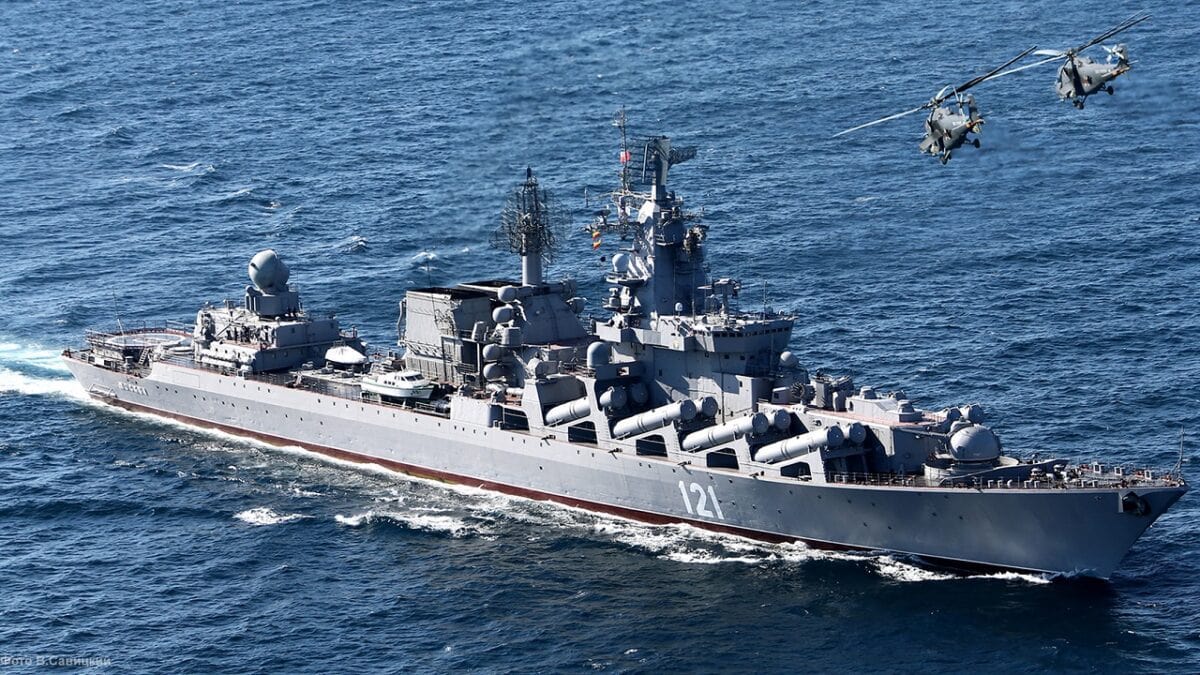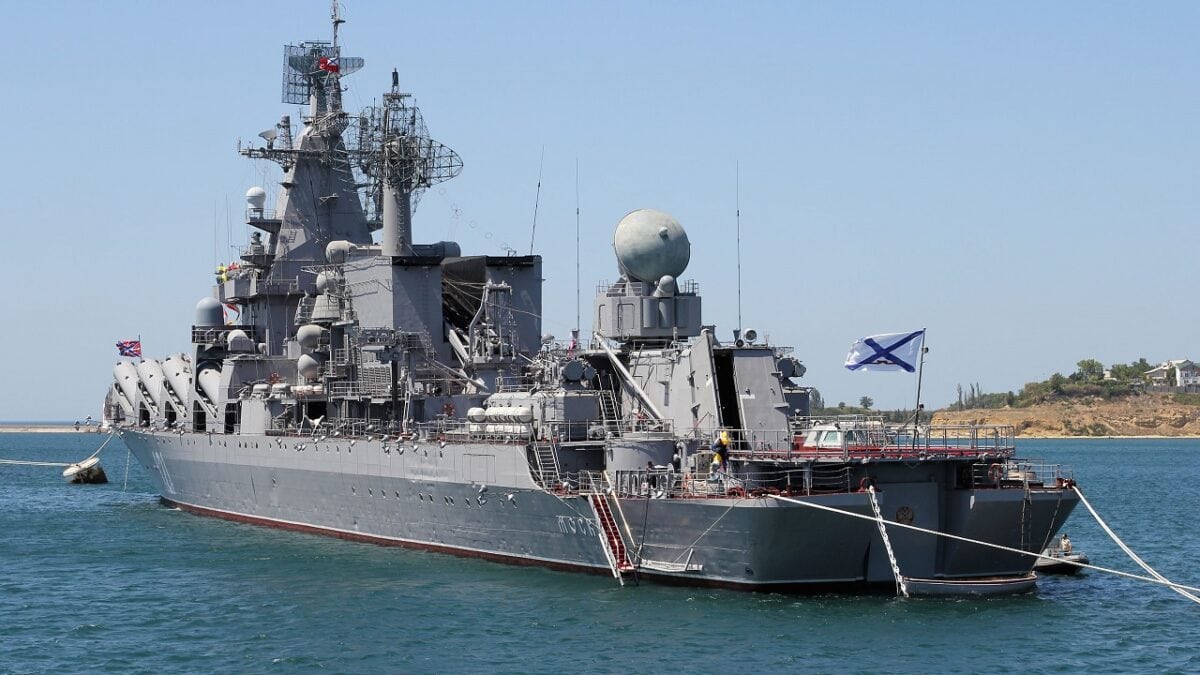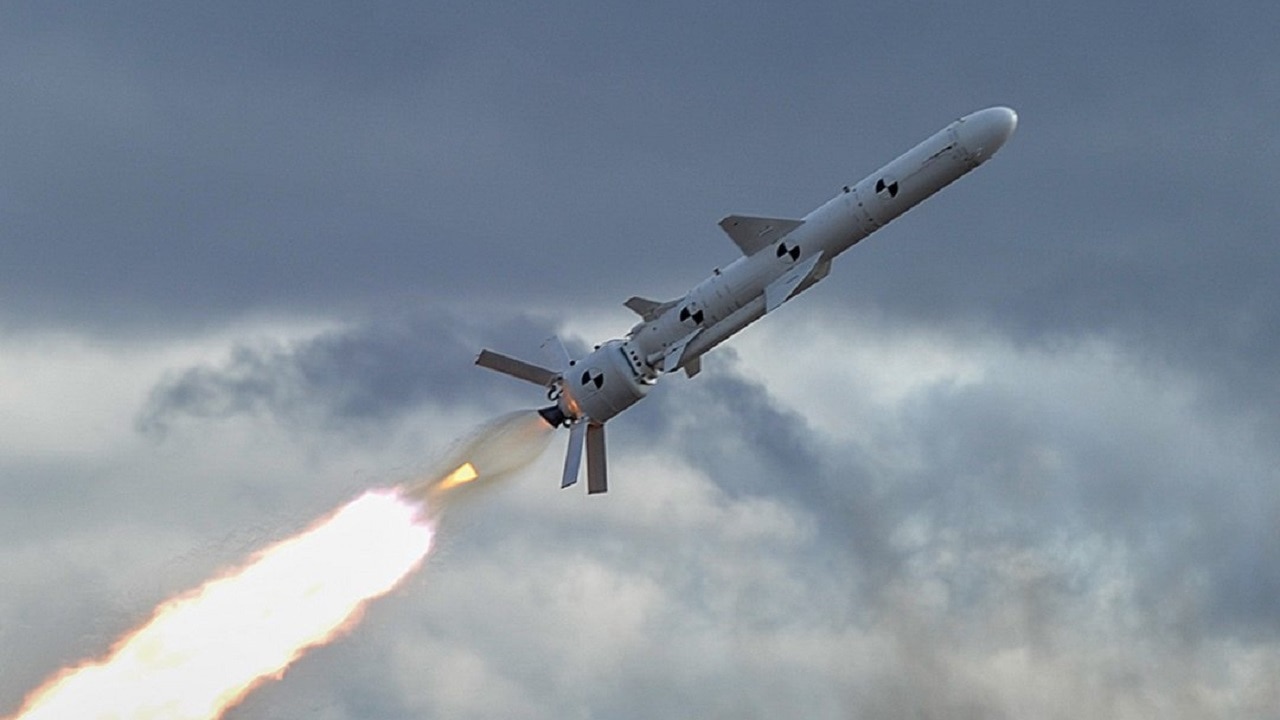Say Hello to Ukraine’s Neptune Anti-Ship Missile – They hit paydirt in a seemingly effortless manner. In a combat action that shocked the world, at least one Ukrainian Neptune anti-ship cruise missile helped destroy a Russian flagship in mid-April. It’s called the Neptune and it’s made in Ukraine and shows that the defenders have a weapon that displays ingenuity and innovation from its own defense industry. The Russians believed their Navy was invincible and many defense analysts had predicted that Vladimir Putin’s warships could soon overwhelm the important southern coastal city of Odessa. An amphibious landing on the Black Sea coast is less likely now that the Ukrainians have a proven anti-ship missile.
What Happened to the Moskva?
The Moskva, a Slava-class missile cruiser, was one of the most modern and prized warships in Russia’s navy. The Neptune projectiles hit underneath the bridge forward of the superstructure and exploded – causing massive damage and fires.
An Introduction to the Neptune
The Neptune missile is a relatively new system having been introduced in 2016 and ordered in numbers in 2019 by the Ukrainian military. The Navy fully deployed it in 2021.
Made by the Luch Design Bureau in Kyiv, the Neptune is based on the Russian Zvezda Kh-35 anti-ship cruise missile. The Ukrainians made some modifications so it could be more accurate and have a longer range. The missile is 16-feet long with a 320-pound warhead.
The Neptune Can Make Your Ship Pay a Deadly Price
Like many anti-ship missiles, the Neptune skims low over the water with an internal navigation system that includes a top-notch radar-lock mechanism. It has a 175-mile range and flies at 671-miles per hour.
It’s estimated that the Moskva was well within range located at 37-miles south of Odessa. However, the Ukrainians do not have many Neptune launchers, only 20 launcher vehicles were in service before the war started.
The Neptune is not a simple system and takes a team of skilled operators. There’s a mobile command post, then the launcher, an 8X8 transporter truck, and a load-out re-supply vehicle.
It Can Go After Big Fish
The Ukrainian system is supposed to be only successful against smaller warships, but it took on the larger Moskva cruiser. The explosive warhead likely hit the ship’s ammunition magazine.

A port beam view of the Soviet Moskva class helicopter cruiser Leningrad underway.

Moskva Cruiser. Image Credit: Creative Commons.
What’s Wrong With Those Russian Sailors?
While the missile performance was impressive, it is clear the Moskva did not have a well-trained crew. It should have been able to defend against the Neptune.
The Russian vessel had dozens of surface-to-air missiles that should have destroyed the incoming Ukrainian bogeys. If it was an onboard fire as the Russians have claimed, the sailors should have been able to put it out.
Nevertheless, this is a huge win for the Ukrainian navy. It shows the world that Russia is not king of the sea, and it gives the Ukrainians a significant morale boost. This incident will likely make the Russians think twice about an amphibious attack on Odessa.

“Moskva” (“Moscow”) (ex-“Slava”, which means “Glory”) is the lead ship of the Project 1164 Atlant class of guided missile cruisers in the Russian Navy. This warship was used in the 2008 Russia-Georgia War. The Black Sea. Sevastopol bay. This photo was taken from a boat.
Moreover, the sinking of the Moskva provides an important lesson on the future of naval warfare, especially with the United States maritime strategy. Ships that are designed to operate close to shore, such as the American littoral combat ship and destroyers, may have to adjust tactics, and conduct missions outside the range of enemy anti-ship cruise missiles.
As for the Ukrainians – maybe they got a lucky hit on the Moskva, but luck is sometimes the name of the game in combat.
Now serving as 1945’s Defense and National Security Editor, Brent M. Eastwood, PhD, is the author of Humans, Machines, and Data: Future Trends in Warfare. He is an Emerging Threats expert and former U.S. Army Infantry officer. You can follow him on Twitter @BMEastwood.

